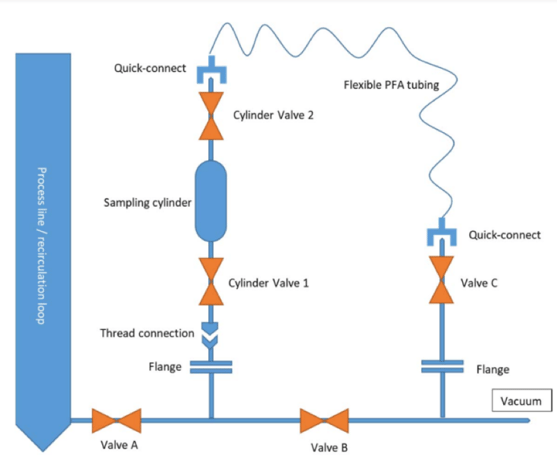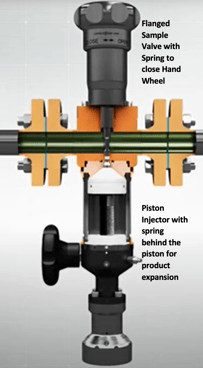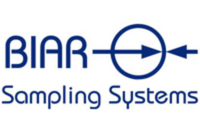

Solutions to Grab Sampling Ethylene Oxide Solutions
Ethylene Oxide (EO) is an extremely flammable and volatile substance and is considered an occupational carcinogen by the National Institute for Occupational Safety and Health (NIOSH) and the U.S. Environmental Protection Agency (EPA).
As the federal government attempts to eliminate accidental releases and emissions, EO emissions are coming under increased EPA scrutiny. The main sources of environmental emissions involving EO are from controlled venting in an industrial facility or chemical plant; fugitive emissions from leaking tanks, valves, and other process equipment; grab sampling; and use as a medical sterilizer and fumigant.
Challenges associated with EO sampling include:
- Product Expansion. EO has a high rate of thermal expansion, which can result in higher pressure when exposed to ambient temperatures. Therefore, sampling receptacles must be designed to allow for product expansion.
- High Toxicity. The combination of EO’s high toxicity and stringent regulations governing its use means that EO releases into the environment are illegal.
- Sampling Requirements. Because of EO’s characteristics, sampling must occur within a totally enclosed system such as the one pictured.

This illustration shows a traditional sample panel system with flow-through cylinder. It is widely used to sample EO and other highly toxic liquefied gases.

Traditional sample panel systems present these challenges:
- To prevent exposure and guarantee a representative sample, the operator must handle multiple valves in a precise sequence.
- Numerous potential leak points.
- Nature of some fittings (e.g. Quick Connects, flexible tubing) present potential exposure risks.
- A robust design is difficult to achieve due to small tubing and different materials involved.
- Residue needing to be purged out is likely to remain in system due to numerous tubes and valves.
- Possible additional waste if flushed/purged product cannot be recycled.
- Operators could be exposed to ‘puffs’ when disconnecting some parts of the system.
- Product released into the environment.
At BIAR Samplings Systems, we offer a solution (see illustration) that addresses the issues outlined above while allowing the operator to reintroduce any excess sample to the process line and eliminate the need for EO disposal.
For a safer way to handle EO and other highly toxic liquefied gases…
Want to learn more?


